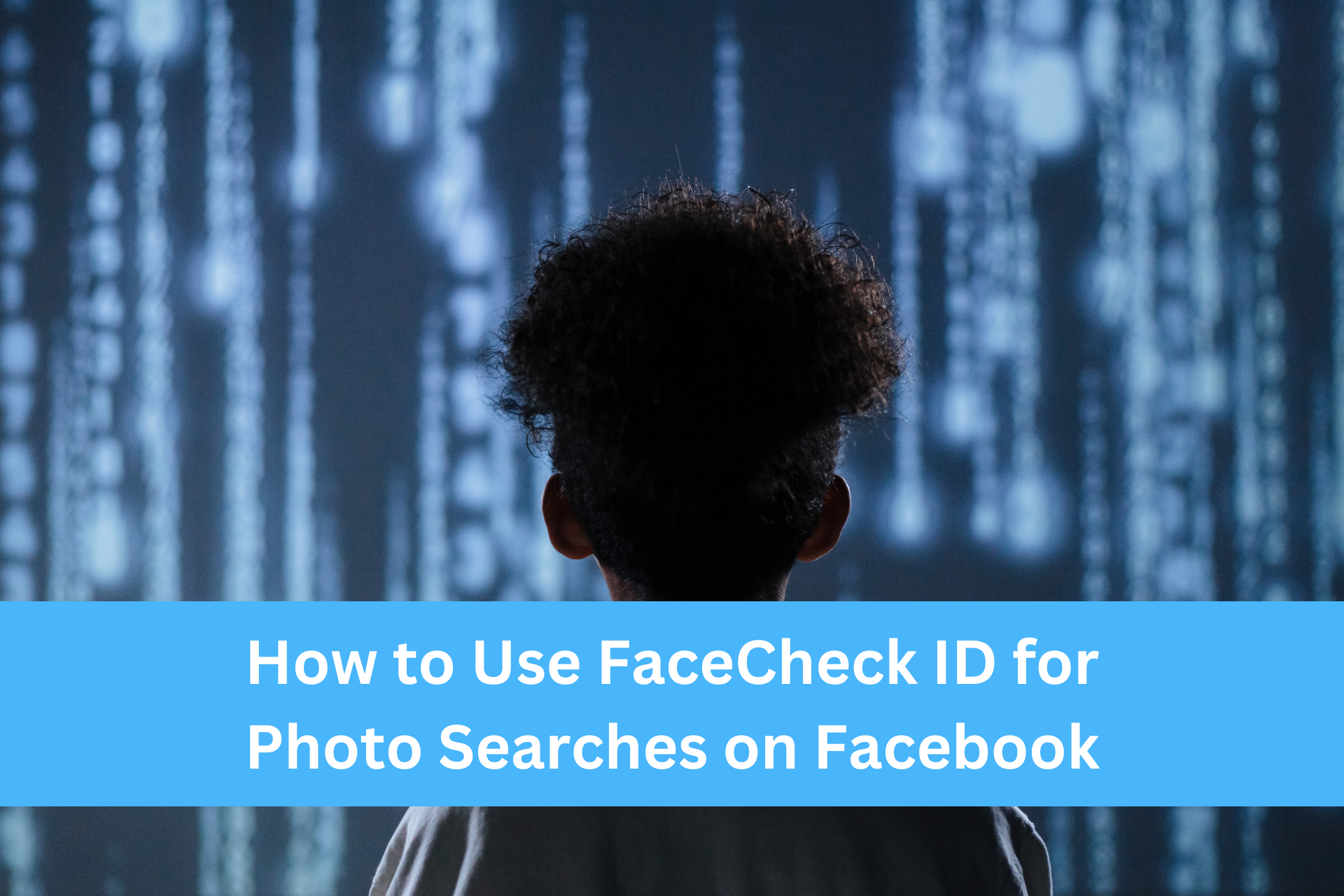The competition in the digital space is fierce. To stay relevant, following the latest UX and UI design trends is crucial. Whether you’re maintaining a website or developing an app, creating an impressive user experience and interface is key. But before diving into the trends, it’s important to understand the designs themselves.
UX (User Experience) refers to how users interact with a product, focusing on the ease and satisfaction of their experience. UI (User Interface) design deals with the look and feel of the product. UX designers focus on the functionality and flow of the interface, while UI designers enhance its aesthetic and usability. Together, they create cohesive and effective digital experiences.
Here are the top 15 UX & UI Design Trends of 2025 that can make your designs stand out:
1. 3D Graphics and Immersive Experiences
3D graphics have firmly established themselves in modern UI design. With advancements in technology, 3D elements now offer more immersive experiences. In 2025, expect even more websites and apps to incorporate photorealistic 3D models, creating engaging and interactive user interfaces. These graphics enhance user engagement, and 360-degree presentations make products and services more accessible.
2. Custom Illustrations
Custom illustrations continue to dominate in 2025, adding personality and a unique visual appeal to websites. Designers use vector graphics to create distinct, eye-catching designs that help brands communicate their messages in a creative and stylish way. Artistic harmony through hand-drawn elements remains a popular trend to establish brand identity.
3. Animated Microinteractions
Animation is no longer just about large visuals. In 2025, microinteractions—small animations that occur when users engage with an interface (like clicking a button or scrolling)—will be key in adding a human touch and enhancing user experience. These animated elements make the experience more interactive and can be used to guide users through tasks seamlessly.
4. Augmented Reality (AR)
AR continues to be a game-changer in UI design. In 2025, we expect even greater integration of AR, especially in retail, education, and healthcare. AR overlays digital content in real-world settings, allowing users to interact with products in new and exciting ways. Real-time face filters and AR avatars enhance personalization, making user experiences more engaging.
5. Virtual Reality (VR)
As VR becomes more accessible, its application in UI/UX design grows. Virtual environments provide immersive experiences, and in 2025, more brands will leverage VR for interactive websites and apps. VR allows designers to go beyond traditional 2D or 3D elements, creating entire worlds users can explore. This offers new possibilities for storytelling, product demonstrations, and more.
6. Minimalism and Buttonless Interfaces
Minimalism remains a core trend in 2025, but it’s evolving. Buttonless interfaces, such as gesture-based navigation, are becoming more popular. By removing unnecessary elements, designers can create clean and intuitive interfaces. Expect more whitespace, streamlined visual hierarchies, and interfaces where every element serves a purpose, making navigation easier.
7. Neomorphism
Neomorphism is still making waves in 2025. This design style blends the real and digital worlds by using extruded shapes, shadows, and highlights to mimic physical objects. It’s a balance between flat design and skeuomorphism, providing a tactile feel while staying clean and modern. Neomorphism helps create a sophisticated and engaging user interface.
8. Voice User Interface (VUI) and AI Assistants
With the continued rise of AI technology, Voice User Interfaces (VUIs) have become a significant trend in 2025. As voice searches increase, designing for voice-based navigation is critical. VUIs with AI assistants like Siri and Alexa are getting smarter, offering more personalized user experiences. Visual feedback ensures users know their requests are being processed.
9. Dark Mode Dominance
Dark mode remains a strong trend in 2025. As users become more conscious of screen time, dark mode offers an aesthetically pleasing, eye-friendly option. It’s energy-efficient for OLED screens and helps improve battery life on mobile devices. Expect more apps and websites to provide dark mode options for better usability and personalization.
10. Vibrant and Gradient Color Schemes
Bright, bold colors and gradients continue to trend in 2025, especially in user interfaces. Vibrant hues help brands stand out and improve engagement by drawing attention to key elements. Gradients, used sparingly, add depth and modernity to designs, creating a dynamic feel without overwhelming the user.
11. Storytelling Through Design
Interactive storytelling is a major trend in 2025. Designers are using visuals and interactive elements to tell a brand’s story, engage users, and create memorable experiences. This trend emphasizes creating emotional connections through engaging content and dynamic interactions, whether through videos, animations, or scroll-triggered effects.
12. Asymmetrical Layouts
Asymmetrical layouts help designers break free from traditional grid systems. In 2025, this trend is all about adding personality and uniqueness to designs. Asymmetry allows for more creativity, creating visually interesting and dynamic interfaces that capture user attention while maintaining balance and functionality.
13. Glassmorphism
Glassmorphism is a modern design trend that will continue to rise in 2025. It creates a translucent, frosted-glass effect, offering depth and dimension to UI elements. Combined with bold colors, glassmorphism makes interfaces look sleek and futuristic, while maintaining simplicity and readability.
14. Data-Driven Design
In 2025, data-driven design will play a crucial role in creating user experiences. Designers are using real-time data to personalize user interfaces, offering tailored experiences for individual users. This trend ensures that designs are not just visually appealing but also meet user needs more accurately, based on behavior and preferences.
15. Inclusive and Accessible Design
As digital experiences become more inclusive, accessibility is a priority in 2025. Designers are increasingly focused on creating interfaces that are usable for people of all abilities. This includes improving screen reader compatibility, designing for color blindness, and making sure that websites and apps are navigable by all, regardless of physical or cognitive abilities.
Conclusion
Staying on top of the latest UX and UI design trends is essential to maintaining a competitive edge in 2025. Whether you’re creating a website or a mobile app, incorporating these trends will enhance user experience, foster engagement, and drive success. If you’re looking for expert help, consider working with a UI & UX design company that can help bring your vision to life.

The Search Engine Cage team is on a mission to educate entrepreneurs. We make things easier for the small business owner, by writing articles that help them to understand SEO and Digital Marketing.







